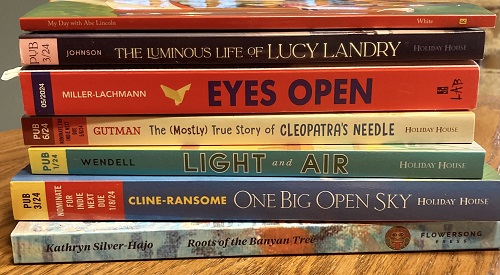The Liars’ Gospel
The life of Yehoshuah (Jesus) is related from the perspective of four people who appear in the gospels, but each story departs radically from traditional characterizations. Miriam (Mary) is a divorced mother caring for her other children when Gidon, a follower of her recently deceased son, attaches himself to her in order to hear more of his leader’s life. Gidon is wanted by the Romans on suspicion of rebellion, and his presence endangers the village of Nazareth. Iehuda of Queriot (Judas) remembers the early days of Jesus and his message of love, but there had been a falling out over Jesus’s accepting of perfume, which led to Judas’s disillusionment and subsequent betrayal. Judas passes into the world of the Romans, taking part in unclean rituals and sexual orgies, showing none of the guilt of the traditional story. Caiaphas remembers a madman who caused “inconvenience” by overturning the tables for money changers outside the temple. Most of his story concerns his suspicions of his wife’s infidelity and his eagerness to marry a young alleged virgin if he obtains a divorce. Bar-Abo (Barabbas) is sentenced to death for leading rebels eager to overthrow Roman rule, but he receives clemency, which he thinks should have gone to Jesus. After the crucifixion, Barabbas tries to enlist the early Christians in his long struggle which lasts all the way to Titus’s destruction of the Temple.
The conflict between Jews and Romans takes up most of the novel, but it does little to engage with Roman history. Those who seek a new perspective on the gospels are not likely to be satisfied by these inventions and interpretations. Not for Christian believers or students of Roman history.










